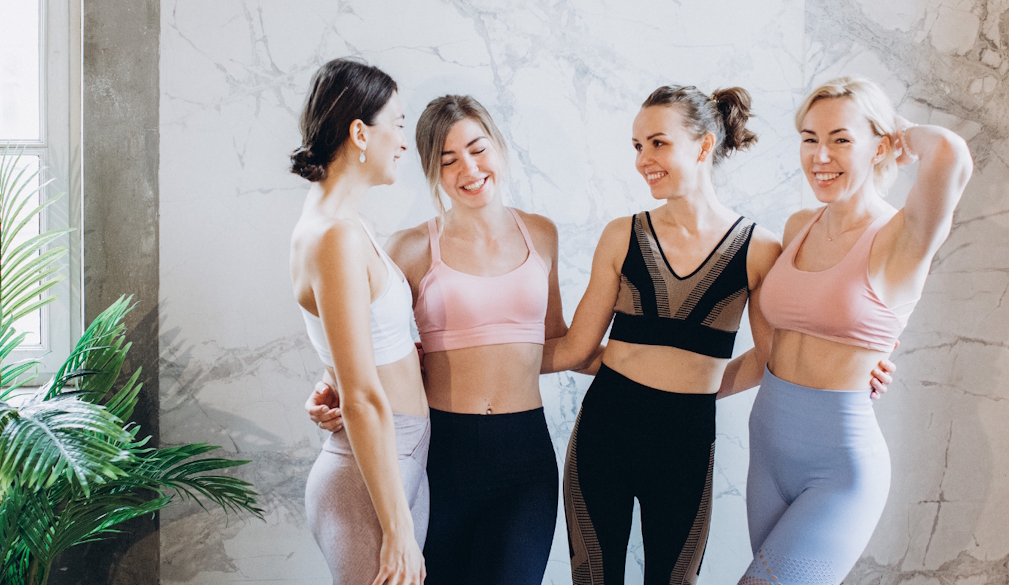How Exercise Can Help Older Women Stay Fit and Healthy
- Written by The Women's Magazine

Maintaining fitness and health becomes increasingly important as women age. Regular exercise offers a multitude of benefits that can significantly improve the quality of life for older women, helping them to stay active, independent, and healthy.
One of the primary ways exercise helps older women is by improving cardiovascular health. Activities like walking, swimming, and cycling strengthen the heart and lungs, reduce the risk of heart disease, lower blood pressure, and improve circulation. This enhanced cardiovascular function contributes to increased energy levels and overall stamina.
Exercise is also crucial for maintaining bone density and preventing osteoporosis, a common condition in older women that makes bones brittle and prone to fractures. Weight-bearing exercises, such as walking, jogging, and strength training, stimulate bone growth and help to keep bones strong. This reduces the risk of falls and fractures, allowing older women to maintain their independence.
Muscle strength and mass naturally decline with age, which can lead to weakness and difficulty performing daily tasks. Strength training exercises, using weights, resistance bands, or even body weight, can help older women build and maintain muscle. Increased muscle strength improves balance, coordination, and stability, further reducing the risk of falls. It also makes everyday activities like carrying groceries, climbing stairs, and getting out of a chair easier.
Flexibility and balance are also vital for older women. Gentle exercises like yoga, Tai Chi, and stretching can improve flexibility, range of motion, and balance. Improved balance is particularly important for preventing falls, which can have serious consequences for older adults. Enhanced flexibility can also alleviate stiffness and pain in joints, making movement more comfortable.
Beyond the physical benefits, exercise has a significant positive impact on mental health. Regular physical activity can reduce stress, anxiety, and depression. It releases endorphins, which have mood-boosting effects. Exercise can also provide opportunities for social interaction, combating feelings of loneliness and isolation. Participating in group fitness classes or exercising with friends can be a great way to stay motivated and connected.
It's important for older women to choose exercises that are safe and enjoyable. Consulting with a healthcare professional or a qualified fitness instructor before starting a new exercise program is recommended, especially for those with pre-existing health conditions. They can help design a personalized plan that is appropriate for individual needs and abilities.
In conclusion, exercise is a powerful tool for older women to stay fit and healthy. It improves cardiovascular health, strengthens bones and muscles, enhances flexibility and balance, and boosts mental well-being. By incorporating regular physical activity into their routines, older women can enjoy a higher quality of life, maintain their independence, and live healthier, happier lives.










